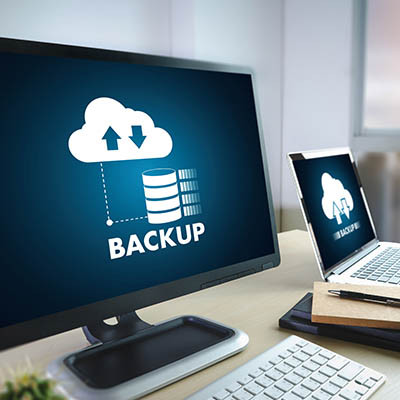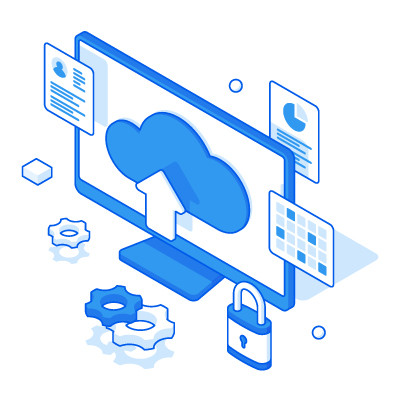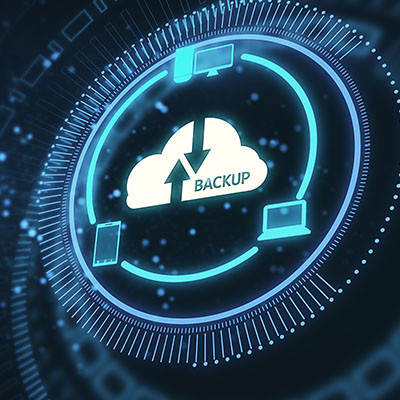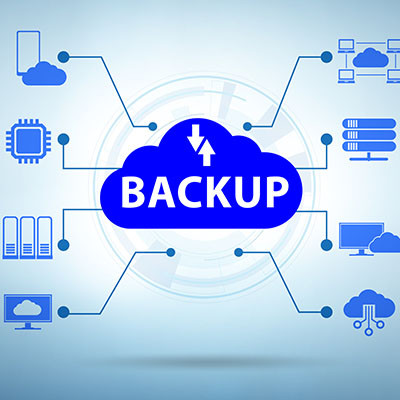Building a gingerbread house is a perennial tradition in many, many households. Those with experience know that precise, careful preparation leads to a successful, long-lasting final product, while rushing and cutting corners usually leave you with a crumbling, fragile mess.
Much of the same can be said of your business’ data. This essential operational resource is terrifyingly susceptible to a litany of threats and issues that could easily bring your processes tumbling down… hence, why the 3-2-1 Backup Rule is a core element of successful business continuity.
Let’s take a moment to consider the recipe for a reliable, disaster-proof backup, and how it aligns with the process of making a gingerbread house.























